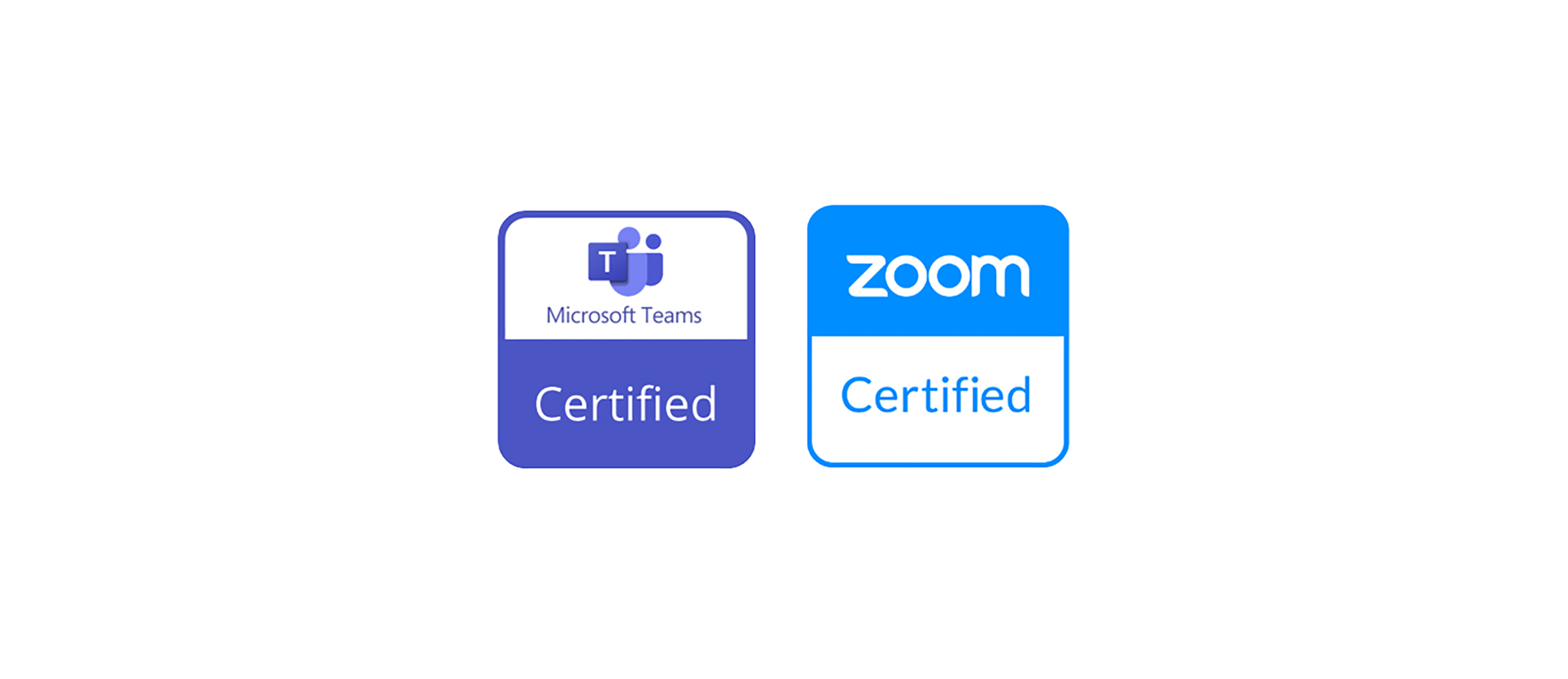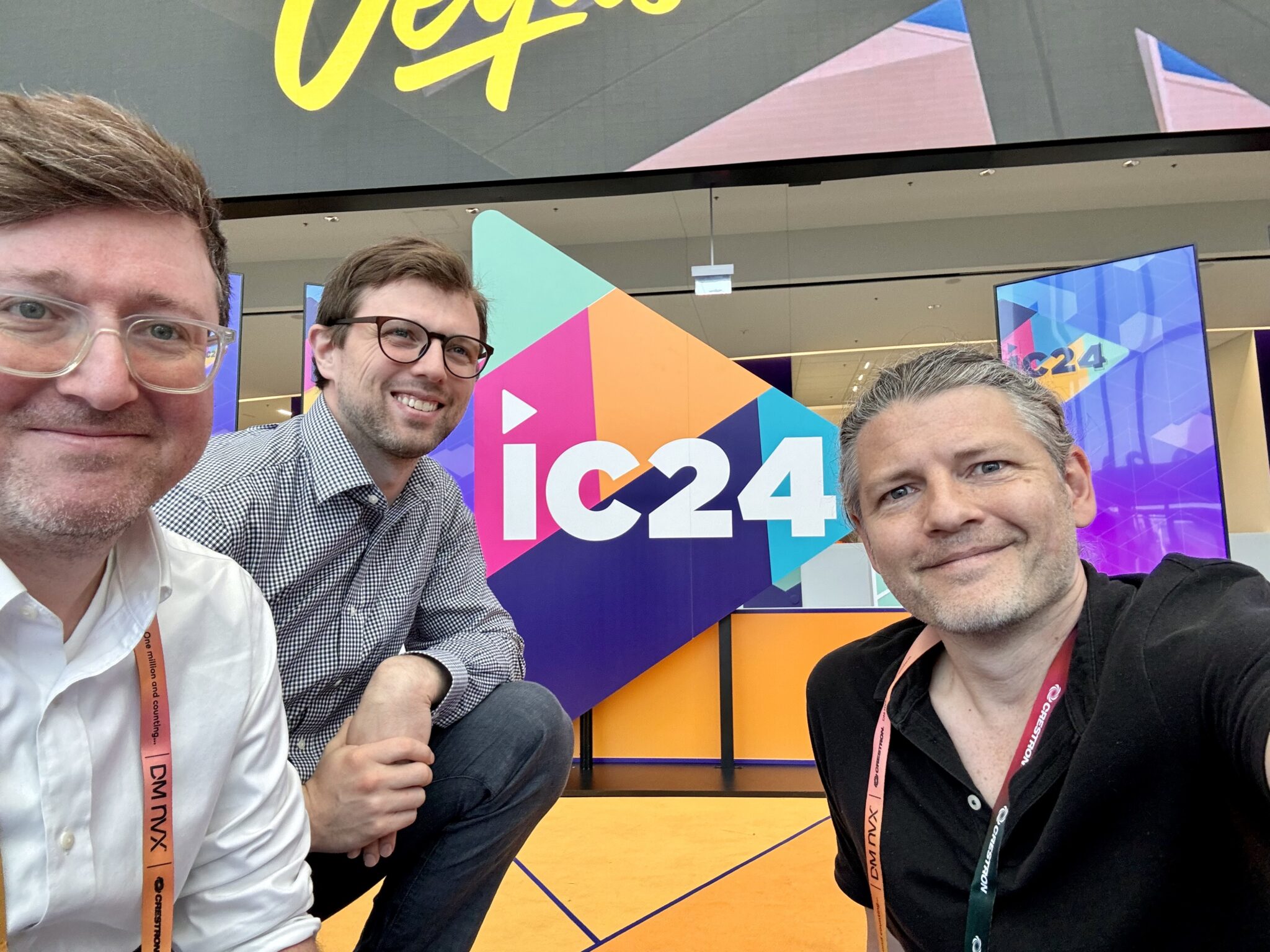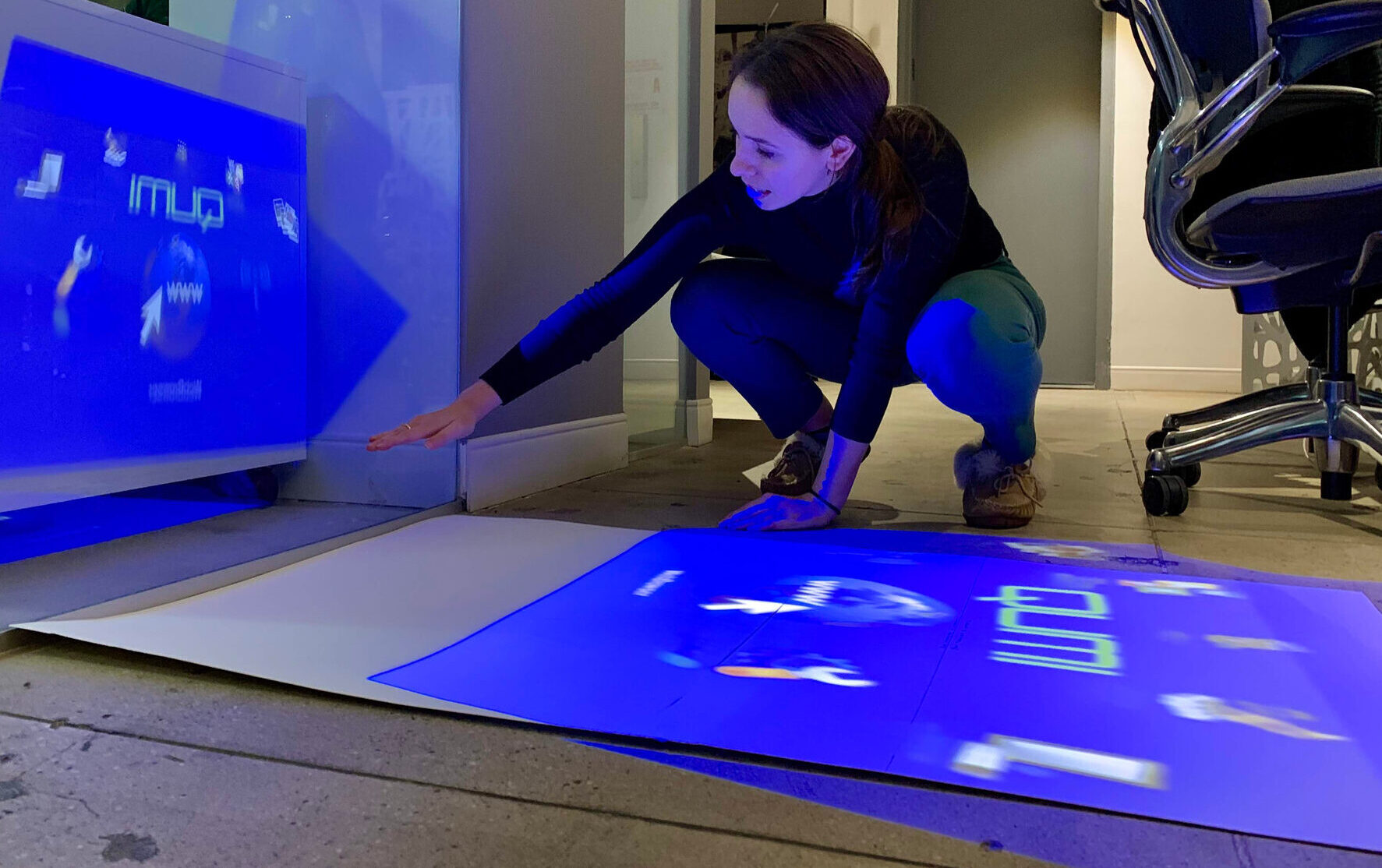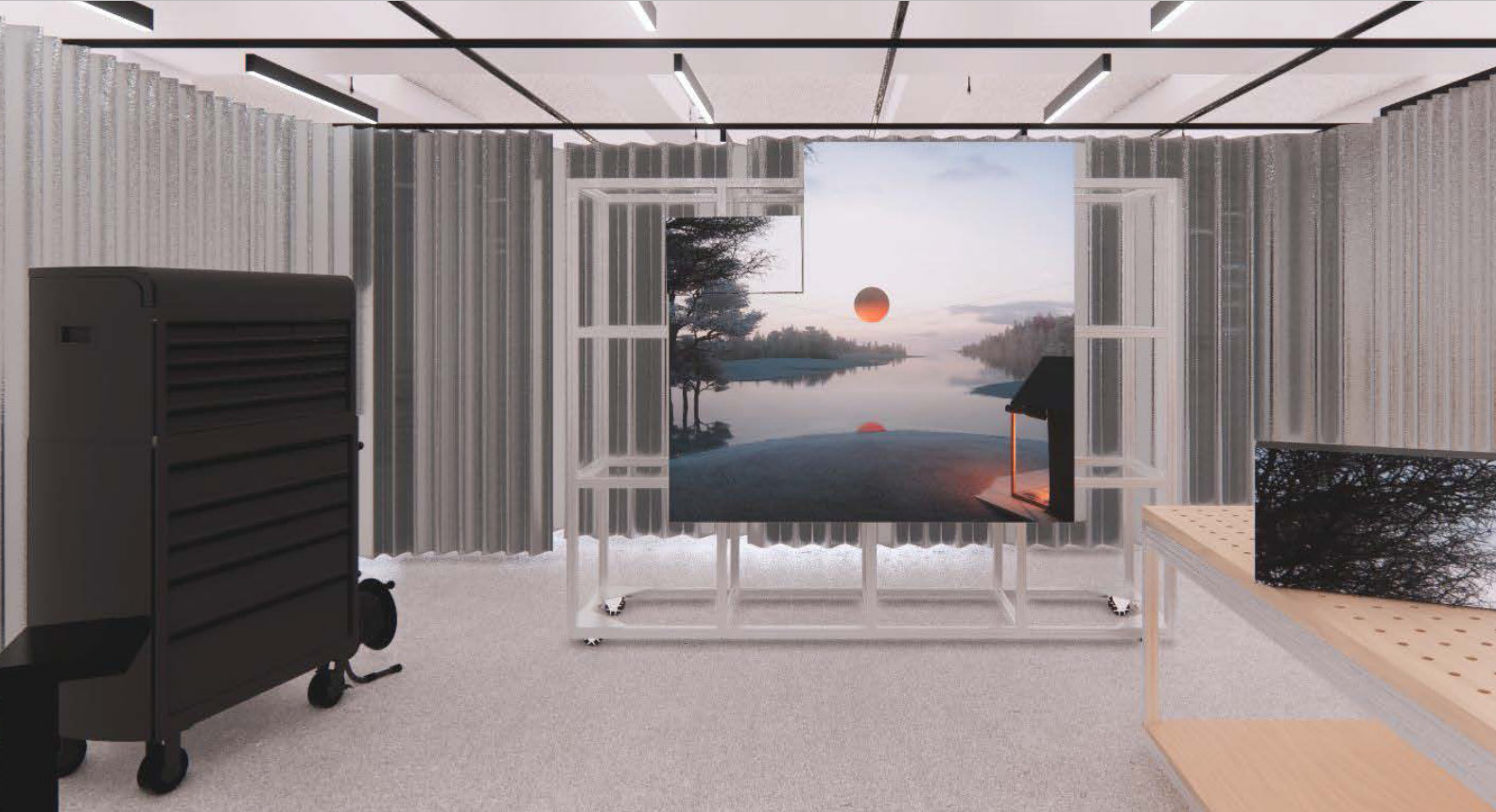I was excited at the chance to represent TAD on Sony’s Th!nkAV Consultant’s panel at Infocomm 2022 in Las Vegas. Our industry, like many others, is finding its footing in normal life while also exploring ways the world has changed. After two years of not being able to gather, InfoComm gave us an opportunity to investigate these changes with our clients. The Sony stage hosted several groups during the show, with speakers representing end-users, manufacturers, and integrators, as well as a panel on diversity, equity, and inclusion. Joining me on stage were Joey D’Angelo of Joey D’Angelo and Associates Inc., Bren Walker of Integrated Systems, and Mark Peterson of Shen Milsom & Wilke. Our moderator, Megan Dutta of the rAVe Agency expertly guided the discussion.
Each of Sony’s Th!nkAV panels represented important facets of the AV community and our industry at large. Our panel focused on key differentiators of consulting within the community:
In what ways have we have seen the consultant’s role evolve?
When technically sophisticated clients pose challenging requirements, which is becoming increasingly common, we, at TAD, go beyond the traditional role of a consultant, who advises, and act as designers who assert opinions, participating directly in the client’s decision making, and sharing more closely in the risks and rewards of the outcome.
This is exemplified in our media and digital experience design services, where we directly author the visual and interactive content that dictates a user’s experience in space. When our clients expect envelope-pushing solutions, we use our TAD.labs to test new applications via proof-of-concepts and demonstration which allows us to minimize risk to the larger project. Through this work, our consulting has evolved to include closer partnerships with clients and manufacturers, engaging as strategists and experts in a more shared and collaborative environment.
What happens when consultants are not brought into a project early enough?
Among the factors that set the consultants at TAD apart, one that I highlighted on stage is our close connection to end-user clients and their real-estate leadership. As mentioned above, we are both consultants and designers that work together to reason whether a project should even exist, and if so, are what are the right questions to be asked?
Offering strategy as a distinct service ensures that we are invited to participate in projects early in the design process. With our unique services and close client relationships, TAD is being brought onto jobs at a much earlier stage than AV consultants have been afforded in the past.
How are consultants different from integrators and other parties who also specify AV solutions?
Beliefs I share with my co-panelists are the necessity of independence from vendors, keeping our “toes in multiple ponds,” and bringing experience from performing arts, hospitality, and other markets into the workplace. Our position is unique in this industry in that we must be educated and prepared to advise on the latest technology while remaining agnostic to specific manufacturers. It’s places like InfoComm that we can gather under one roof to experience these technologies firsthand with our peers in a neutral setting.
This question led into an interesting discussion of technology trends. I called attention to ultrawide displays, and the paradigm shift they could represent for new modes of display for collaboration platforms including Microsoft Teams Front Row. Keeping the end-user at the forefront of our minds is our priority when designing. Considering the number of different users that may interact with a space, technology needs to act like a chameleon, accommodating paradigm shifts and diverse perspectives. As consultants, we take the time to guide conversations about these trends with our clients, looking at the problems and solutions through as many different lenses as possible, to arrive at the most optimal outcome.
Moving forward, when looking at the consultant’s role in the future of AV, there is a need to be humble in the face of uncertainty, acknowledging that our designs today may strive to answer questions which the future deems irrelevant. Comfort with uncertainty becomes the new mantra. Flexibility remains of paramount importance.
Thank you to Sony and AVIXA for the invitation to participate!
Click here to watch back the full discussion.






